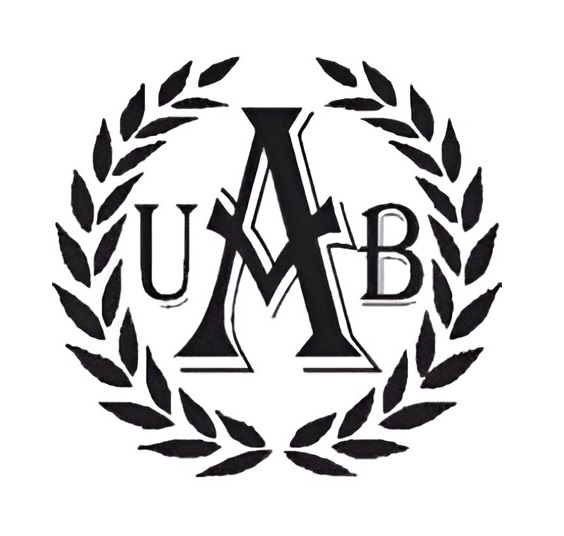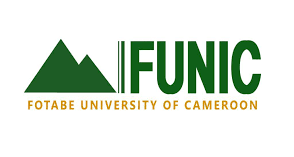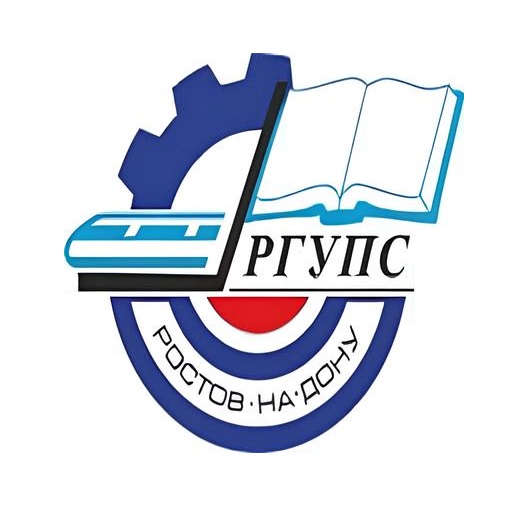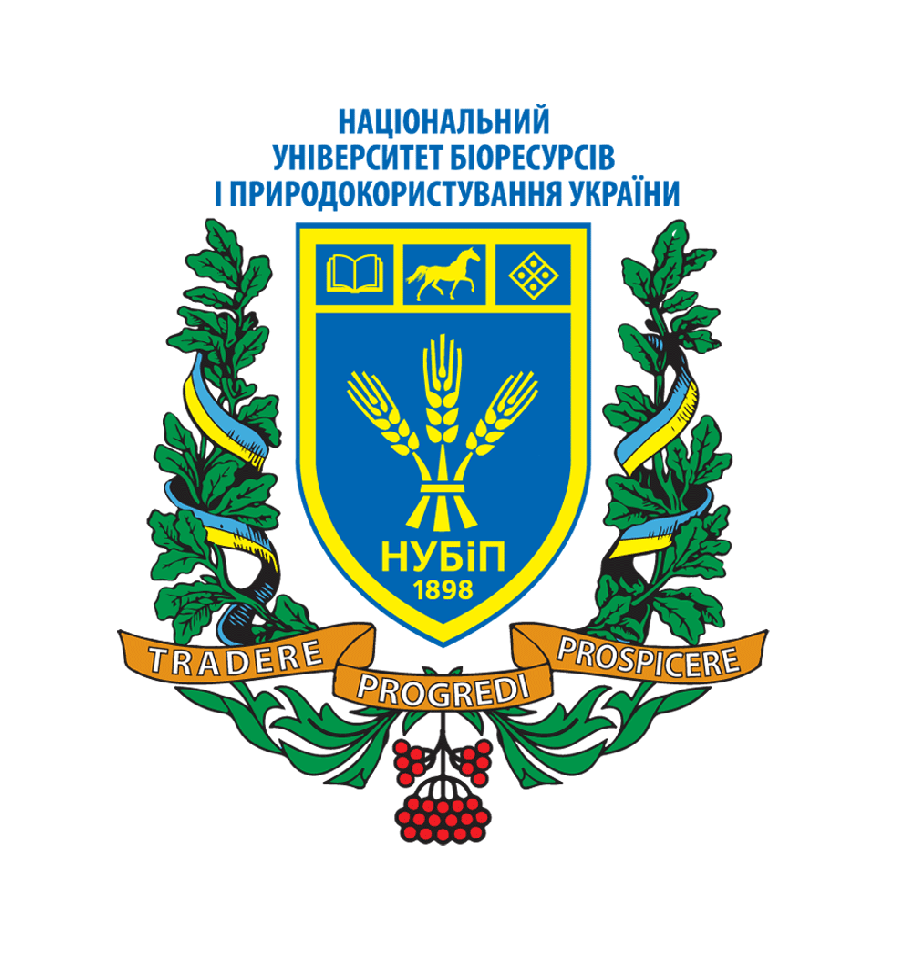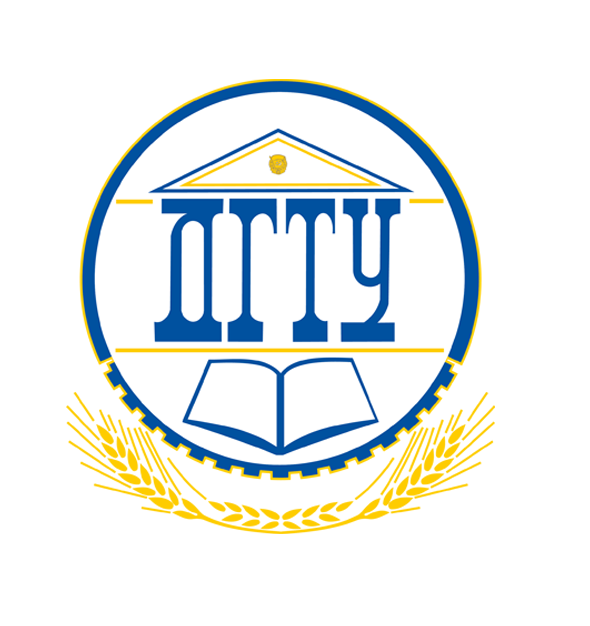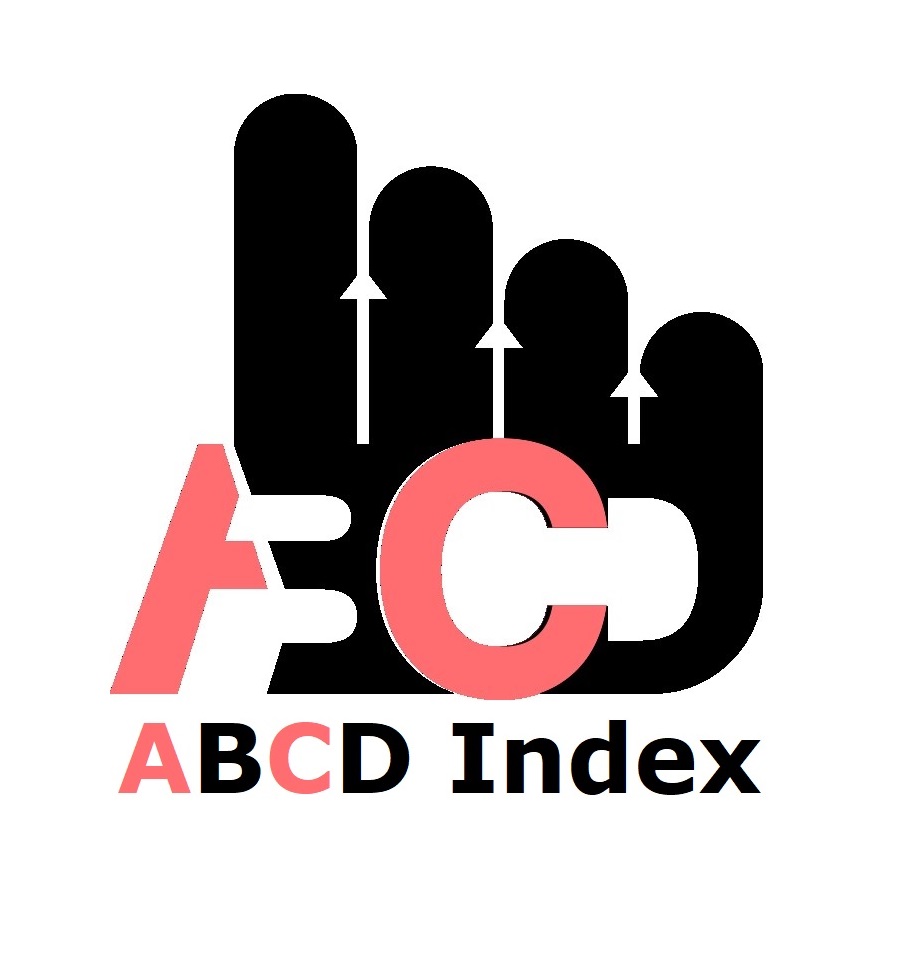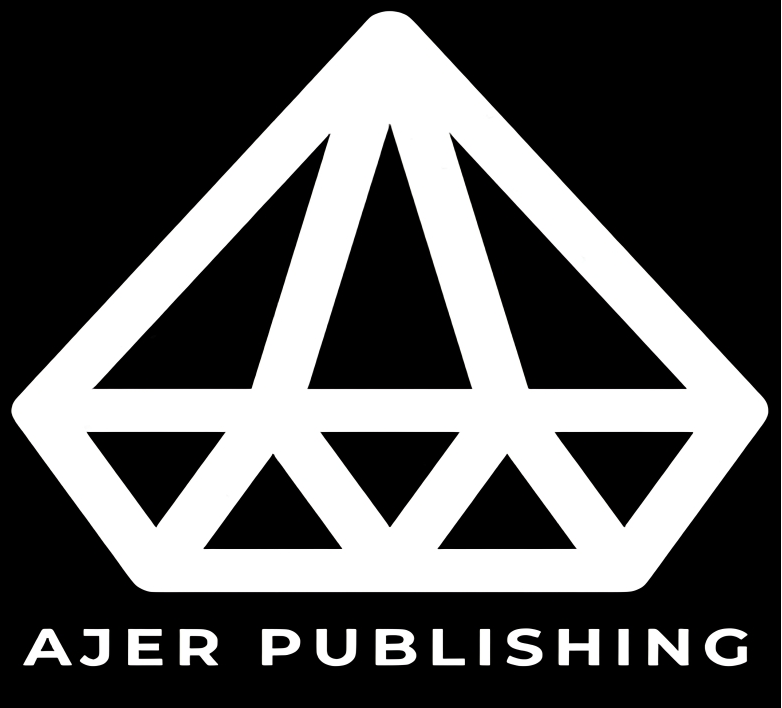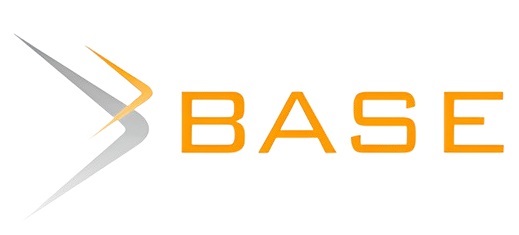About the Journal
The African Journal of Empirical Research (AJERNET), hosted by AJER Publishing and headquartered in Nairobi, Kenya, is a pivotal platform in the academic community. Renowned for its robust network of reviewers, editors, and contributors from esteemed universities and research institutions globally, AJERNET upholds rigorous standards in multidisciplinary empirical research, meta-analysis, and systematic reviews across social, pure, and applied sciences.
With a commitment to facilitating access to cutting-edge literature, AJERNET serves as a dynamic hub for researchers, students, and professors alike. Emphasizing the importance of research reviews and the exchange of expertise, the journal promotes open access to knowledge. All published content is freely accessible, ensuring widespread dissemination and reproduction with proper citation.
AJERNET's global reach extends its published works to thousands of libraries worldwide, fostering international exposure for research outcomes. The journal supports authors throughout the publication journey, offering guidance and opportunities for revision to maintain the highest quality standards.
Operating on a rolling submission basis, AJERNET invites researchers to contribute to advancing empirical research and multidisciplinary knowledge exchange. It welcomes authors to embark on their academic journey, share their findings, and enrich the global body of knowledge.




